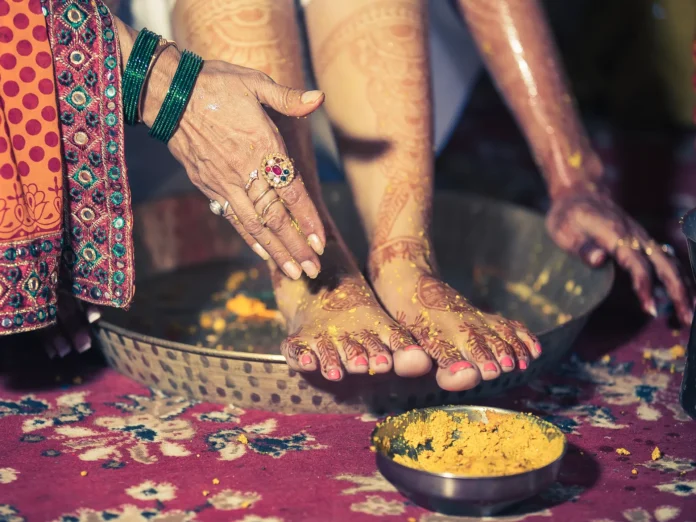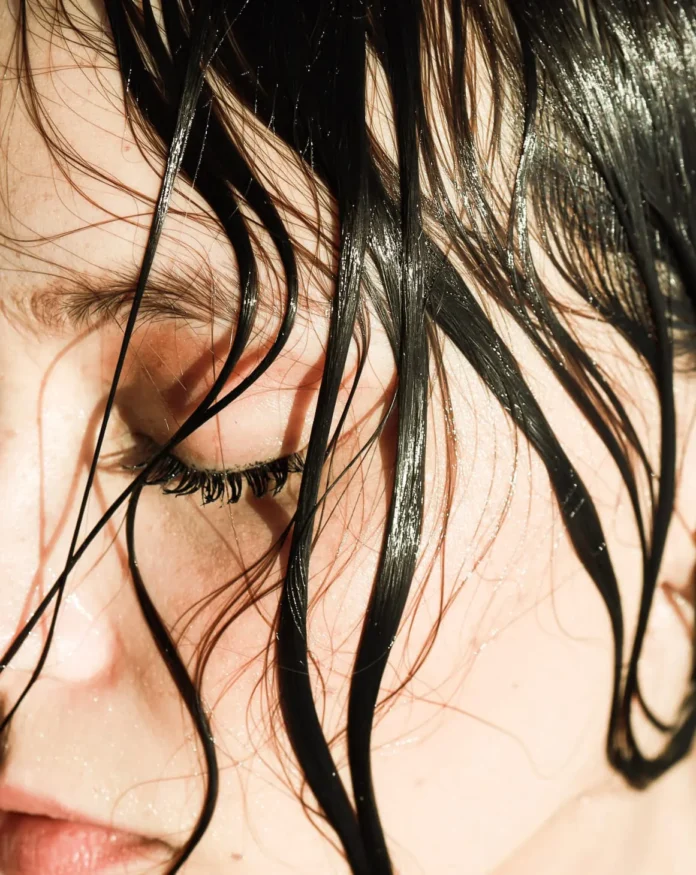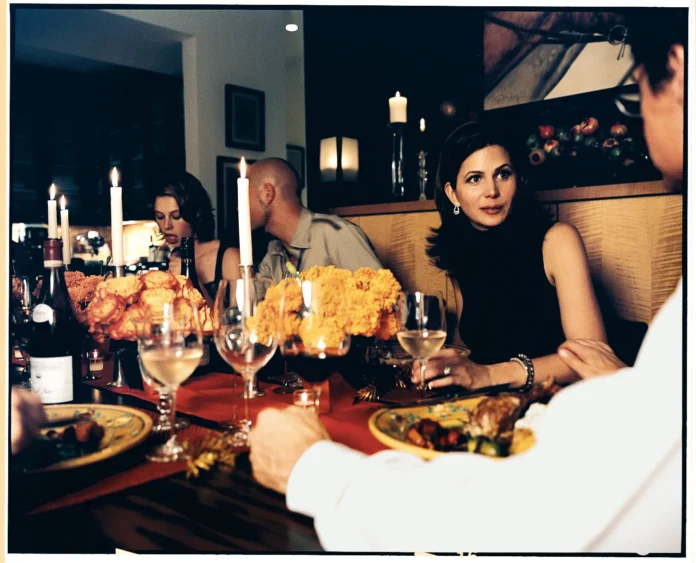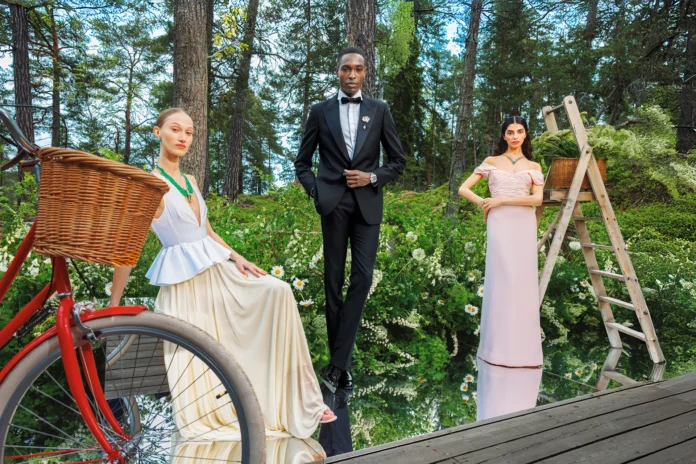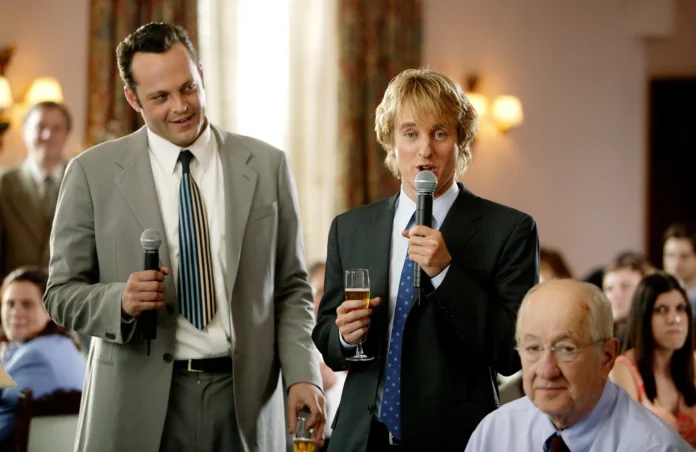When I first arrived in England years ago as a student, I was struck—quite frankly, taken aback—by the drinking culture that surrounded me. Having come from the United States, where legal drinking age laws are strict and underage drinking is officially discouraged (even if some find ways around it), the atmosphere here felt markedly different. What caught my attention wasn’t just the frequency with which my classmates drank, but the open embrace of alcohol as a social ritual embedded deep within British society. From the ubiquitous one-pound pints at local pubs to the infamous ladies-drink-free nights, there was a near-celebration of getting drunk that felt, at times, overwhelming.
A Society Embracing the Booze
It wasn’t just a matter of quantity but of culture. In the U.S., while college parties and binge drinking certainly happen, there tends to be an undercurrent of caution, especially with legal consequences looming large. In England, by contrast, the societal attitude seemed to normalize and even encourage heavy drinking as part of everyday life, especially among young people. Pubs are the heart of social life, and affordable drink deals make it easy to imbibe frequently and in groups. The pressure—or rather, the invitation—to join in is palpable.
This was no fringe phenomenon. From early evenings to late nights, the pubs and clubs would buzz with people drinking not just to enjoy a beer or a glass of wine, but with the clear goal of getting “pissed,” as the British say. Ladies-drink-free nights and special offers seemed designed to nudge everyone toward the same festive, alcohol-fueled experience.
Cultural Differences in Drinking Norms
The differences go beyond mere price and availability. In the UK, drinking is often woven into the fabric of everyday social interactions. Catching up with friends, watching a football match, or celebrating a minor accomplishment often revolves around meeting at the pub with a pint in hand. Alcohol is the lubricant that greases social wheels, making it easier to bond, relax, or even escape.
In America, though parties and social drinking exist, there is generally a wider diversity of social activities not necessarily centered around alcohol. Moreover, the legal age restriction until 21 creates a different social dynamic where drinking is less overtly part of everyday college life—at least officially.
Consequences and Reflections
Of course, this open celebration of drinking comes with its own risks. The prevalence of cheap alcohol and culturally accepted binge drinking can lead to serious health and social issues, from alcohol dependency to public disorder. I witnessed classmates nursing hangovers or grappling with the aftereffects of heavy nights out. Yet, there seemed to be a collective shrug of acceptance—almost a rite of passage—where the consequences were part of the social contract.
This cultural contrast between the U.S. and the U.K. opened my eyes to how much environment shapes our relationship with alcohol. It’s not just about individual choices but about societal norms, legal frameworks, and economic factors that influence behavior. While some may criticize the British for encouraging excessive drinking, it’s important to understand the complex social fabric in which this takes place.
A Personal Perspective
Living through this transition, I learned to navigate these cultural waters with a more nuanced view. It wasn’t about judgment but understanding: recognizing the role alcohol plays in social bonding, as well as the challenges it poses. It made me more aware of my own habits and assumptions about drinking and how much they were shaped by where I grew up.
Drinking culture in England is neither wholly good nor wholly bad; it’s a reflection of history, economics, and social life intertwined. And for anyone stepping into that world for the first time, it can be as surprising as it is illuminating.
This reflection offers a glimpse into the British drinking culture through the eyes of an American newcomer, exploring not just the visible habits but the deeper societal currents that shape them. It highlights the contrast with American norms, acknowledging both the appeal and the pitfalls of such a vibrant—and at times, excessive—approach to alcohol.



